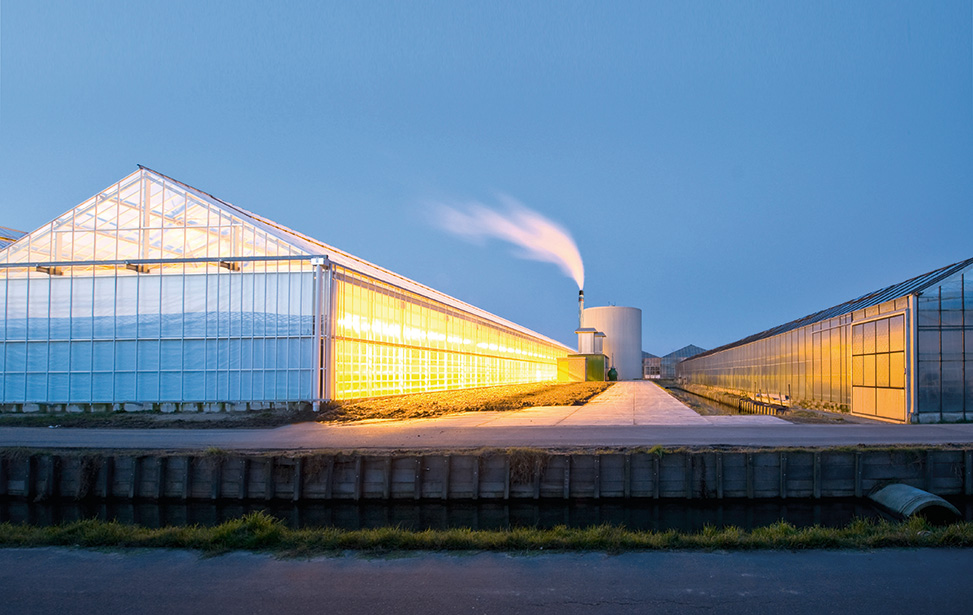The effects of two digestates split up in liquid and solid fractions in fertilizers were investigated on tomato production.
The objectives were (1) to verify if the two digestates different in composition differently affected the growth and the quality of tomato; (2) to assess the effectiveness of the two digestate fractions (liquid and solid) on tomato growth and quality characteristics of the harvested tomato fruit.
In short, the results evidenced different effects between the two digestates and also between solid and liquid fractions, suggesting that the type of solid fraction (Uliva or Fattoria) rather than the concentration, or their interaction mainly influenced plant growth parameters. Conversely, the effectiveness of liquid fractions were mostly due to the concentrations rather than to the type of digestate. Results also evidenced positive effects of both digestates on the nutritional values of tomatoes, largely explained by the increase in various health-promoting compounds, including vitamin C, flavonoids, and phenolic compounds.
The contemporary increase in these different bio-compounds with a wide range of physiological properties and multi target actions confers to digestate treated tomato a nutraceutical benefit. The use of both fractions of both digestates as fertilizer may represent an effective strategy to obtain, even if in some cases at the expense of growth, high-quality fruit in a sustainable way from an economic and environmental point of view.
Read the complete article at www.researchgate.net. /cultivation/
Panuccio, Maria & Mallamaci, Carmelo & Attinà, Emilio & Muscolo, Adele. (2021). Using Digestate as Fertilizer for a Sustainable Tomato Cultivation. Sustainability. 13. 1574. 10.3390/su13031574.










